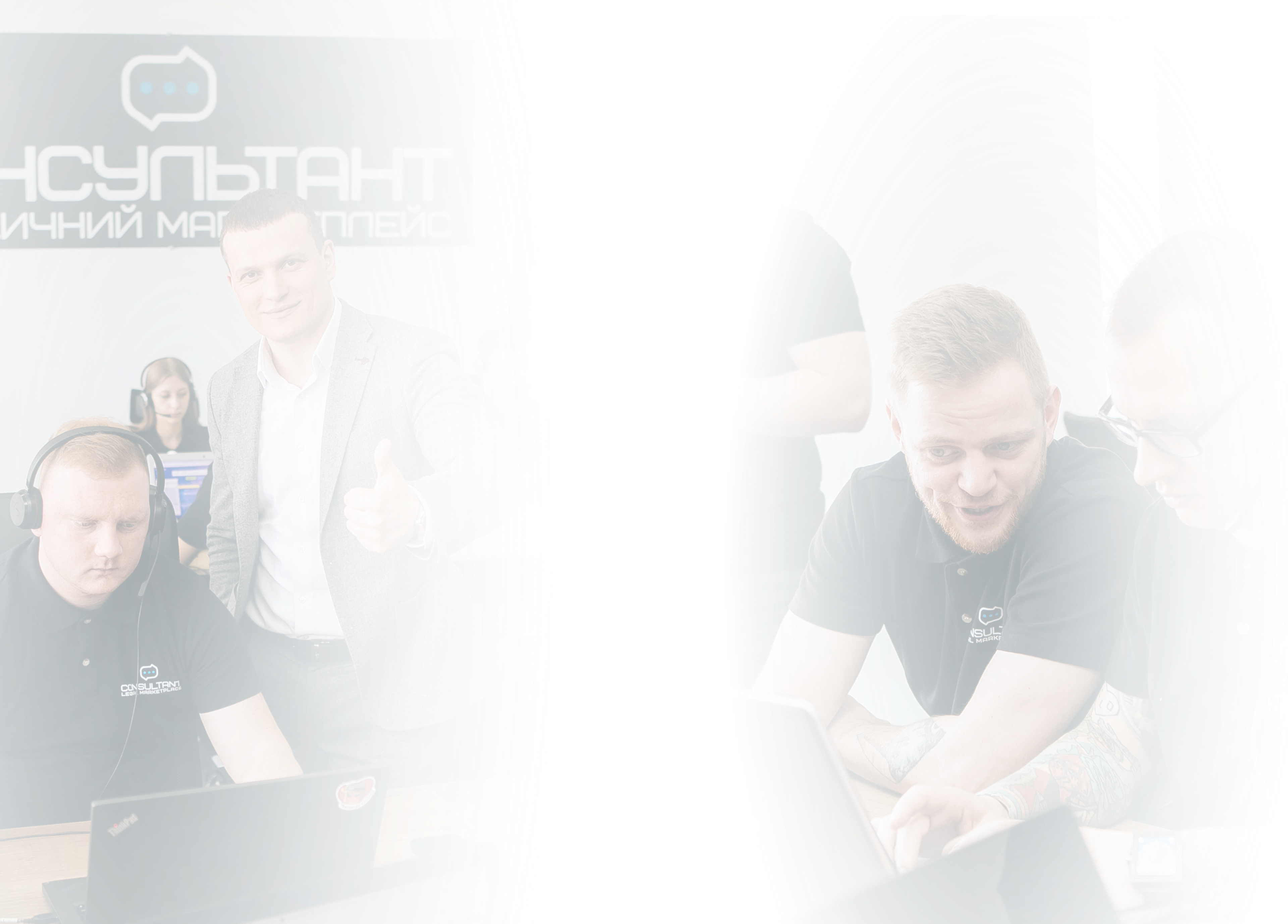Registration of a Trademark in the USA
The registration of trademarks in the USA is not just a formality but a critical legal device that secures your brand name identification, makes certain unique civil liberties, and improves credibility in among the world's largest markets.
Whether you prepare the registration of logos as trademarks, a brand, or a slogan, major registration with the united state Permit and Trademark Office (USPTO) products solid legal defense and protects against rivals from utilizing similar marks.
Below is a thorough summary of the process, including the vital stages, sensible support, and why specialist assistance issues.
Conduct a Clearance Search – Don’t Start Blind
Prior to applying for federal registration of trademarks, it is essential to validate that your mark is one-of-a-kind. Declaring without prior research study can lead to being rejected, resistance, or unneeded costs.
Where to search:
- The USPTO database (TESS) — to identify already registered or pending marks;
- State-level trademark registers — for regional protection;
- Domain names and social media — for common-law marks that might still have legal standing.
Purpose of the search:
- Detect possible conflicts;
- Assess the likelihood of refusal;
- Develop a strong and realistic filing strategy.
A thorough clearance search is the foundation for a successful registration of logo as trademarks and other brand elements.
File with the USPTO – Accuracy Matters
Once the search confirms your mark’s uniqueness, you can file an application with the USPTO using the Trademark Electronic Application System (TEAS).
Steps for accurate filing:
- Select the correct classes of goods and services;
- Prepare a clear description of your mark and include a high-quality specimen or image;
- Choose between TEAS Plus or TEAS Standard, depending on flexibility and cost.
Why it matters:
Exact filing lowers the chance of obtaining a Workplace Activity, a formal demand from the USPTO to clear up or remedy details.
The registration of patents and trademarks calls for interest to detail-- mistakes can delay approval or weaken your protection later.
Work with the Examiner – Respond Strategically
After submission, a USPTO examiner reviews your application.
If there are issues such as similarity to another mark or unclear use, you will receive an Office Action.
How to respond:
- Provide evidence of use (if applicable);
- Present well-supported legal arguments;
- Amend the application to resolve the examiner’s concerns;
- Respond within the required time frame to avoid abandonment.
Goal: To move your application toward publication and final approval efficiently.
Monitor and Enforce – Registration Is Just the Beginning
Enrollment gives you legal rights, but maintaining them needs ongoing vigilance.
Hallmark proprietors should proactively monitor markets and electronic areas for possible infringements.
Ongoing responsibilities:
- Monitor USPTO filings for similar new applications;
- See shopping platforms, domains, and social media;
- Track renewal target dates-- normally between the 5th-- sixth year and every 10 years afterward.
If infringement occurs:
- Send cease-and-desist letters;
- File opposition or cancellation proceedings;
- Pursue legal enforcement when necessary.
Trademark protection is not permanent by default — it must be actively renewed and defended to retain its strength.
International Trademark Protection
For businesses intending to increase abroad, international registration of trademarks is an essential action.
With systems like the Madrid Protocol, a single application can give protection in several countries, including the European Union, Canada, and Japan.
Benefits of international protection:
- Streamlined filing across several jurisdictions;
- Unified management and renewal processes;
- Easier enforcement of rights globally.
When taking care of cross-border filings, you might obtain billings or paperwork (for instance, international registration of trademarks rechnung) from main computer system registries or accredited representatives. Constantly validate the authenticity of such demands to stay clear of frauds.
Why a Deep Pre-Filing Search Pays Off
Investing in a thorough pre-filing search brings both practical and legal benefits:
Advantages:
- Saves time and money by avoiding rejections;
- Lowers the risk of future infringement disputes;
- Clarifies where and how best to expand protection;
- Supports the long-term security of your brand identity.
The Role of a Trademark or Patent Attorney
Although self-filing is possible, professional support often ensures a smoother and more secure process.
An experienced attorney can:
- Manage the complete process: search → file → respond → monitor;
- Evaluate potential problems and prepare convincing lawful disagreements;
- Deal transparent payment and post-registration services, consisting of revivals, enforcement, and international registration of trademarks.
A trademark attorney not only takes care of the documentation however secures your business reputation and market presence.
ConclusionBasically, getting official protection for a brand in the USA is a lasting financial investment in its safety and security and reputation. When the procedure is approached carefully-- from the preliminary search to continual monitoring-- it guarantees legal stability and enhances the firm's placement in the market. Properly taken care of registration additionally builds trust fund amongst consumers and partners, helping the brand grow with confidence and increase to brand-new regions. Eventually, lawful protection is not just about conformity with rules however additionally regarding guarding imagination, service identity, and future advancement.






































